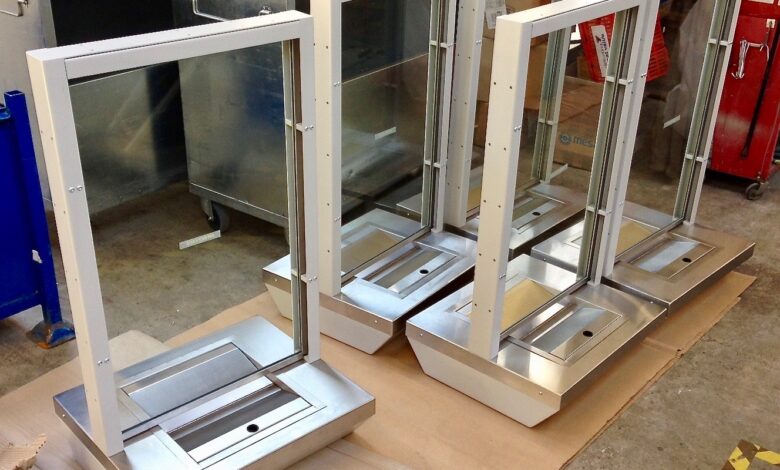Ensuring Safety: Best Practices for Secure Cashier Windows

In the transactional heart of businesses, cashier windows or teller window play a crucial role, acting as the nexus between companies and their customers. While these windows are central to commerce, they also represent a potential vulnerability, making security paramount. Here are some best practices to ensure that cashier windows remain bastions of safety and efficiency.
-
Reinforced Materials
The primary defense of a cashier window is the material from which it’s made. Using reinforced or bulletproof glass can deter potential threats and protect employees. The frames, too, should be made of durable materials, such as sturdy metal, to prevent any forced entries.
-
Secure Locking Mechanisms
Modern cashier windows should incorporate advanced locking mechanisms. Electronic locks that can be remotely controlled or monitored provide both security and convenience. Furthermore, time-delay locks, which only open after a preset time, can deter potential thieves by making rapid theft more challenging.
-
Efficient Transaction Trays
Transaction trays or pass-through drawers allow for the exchange of money or goods without fully exposing the interior of the cashier area. These should be designed to expose minimal space, ensuring that while items can be passed through, unauthorized entry remains nearly impossible.
-
Surveillance Systems
Installing high-resolution security cameras that offer clear views of both the interior and exterior of the cashier window is vital. This not only acts as a deterrent for potential wrongdoers but also provides valuable footage for post-incident investigations.
-
Alarm Systems
Integrated alarm systems that can be triggered manually by employees or automatically by breach attempts provide an added layer of security. These alarms can be connected to local security agencies or law enforcement, ensuring rapid response times in case of incidents.
-
Proper Lighting
A well-lit cashier area can significantly reduce the risk of illicit activities. Bright lighting ensures that potential intruders or wrongdoers are easily visible, deterring attempts at breaching the window, especially during nighttime hours.
-
Employee Training
Perhaps one of the most overlooked yet crucial aspects of security is training employees. Cashiers should be trained in best practices, such as how to handle suspicious activities, how to react during an attempted breach, and how to use security equipment. Regular drills can ensure that they’re always prepared.
-
Digital Integration and Monitoring
Modern security involves more than just physical barriers. Integrating digital monitoring systems that can track transaction records, monitor access logs, and send instant alerts during discrepancies can add a layer of security that’s hard to breach.
-
Secure End-of-Day Protocols
Robberies or security breaches often occur during opening or closing times. Establishing a secure protocol for starting and ending the day, which might include multiple employees, security personnel, and even timed safes, can mitigate these risks.
-
Periodic Security Audits
Finally, it’s essential to conduct regular security audits. These reviews will assess the effectiveness of current security measures and identify potential vulnerabilities. Regular updates and upgrades based on these audits ensure that the security measures remain relevant and effective.
